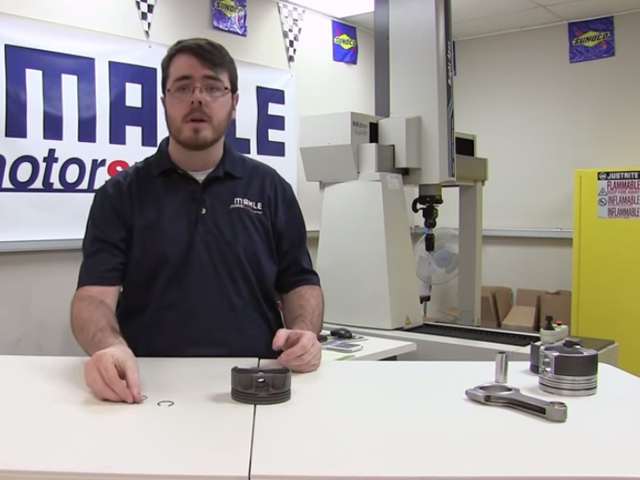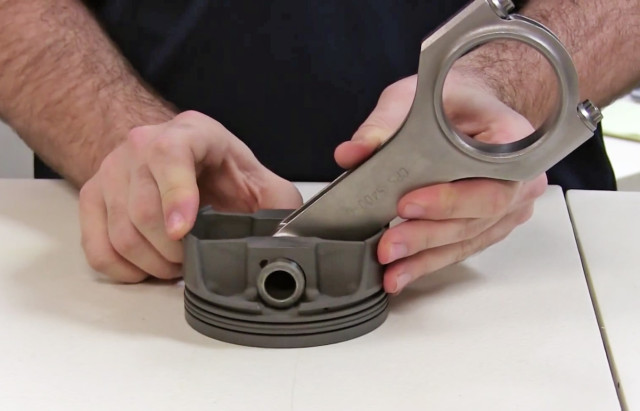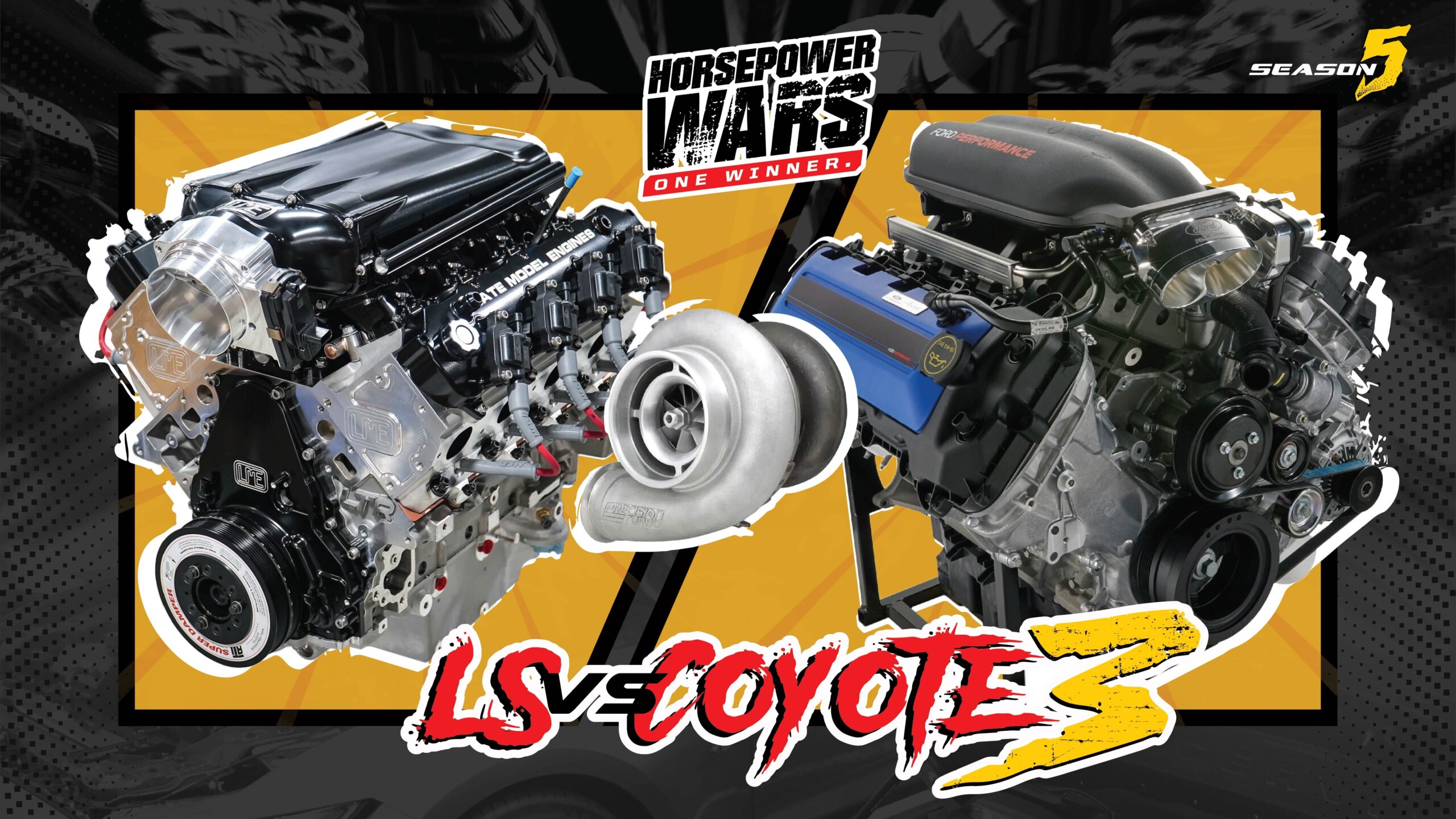Major engine components, such as pistons, crankshafts, connecting rods, camshafts and the like, are often widely discussed and debated upon in whichever social circle a car guy chooses to participate. Everybody has their own opinions of what is the best piece for a given combination because they’ve likely discussed it until they’re blue in the face on message boards, Facebook, or standing in their garage with a buddy. One component that is often overlooked is your small, but quite important, circlips. Many of you may not have even heard the term before.
A circlip is the tiny retaining clip or ring that holds a free-floating wrist pin inside the piston itself to keep it from sliding out and causing all kinds of headaches. While seemingly insignificant, these tiny pieces serve an important purpose and should not be overlooked. In this video, Mahle Motorsports’ Justin Dossett walks you through the different styles of circlips and the applications each are used in.
 There’s a lot more to these tiny components than most would ever think. For starters, there are actually five different types of circlips, each one with a specific application for which it is designed. Each design features its own unique shape as well as method of insertion, some requiring specialized tools, while some do not. Justin also touches on a phenomenon known as “clip lift”, where the engine speeds are so high that they actually toss the clip out of the machined clip groove, as well as discussing the research that Mahle used to determine the engine speed at which clip lift becomes a danger – a whopping 9,200 RPM for a standard four-inch stroke small block with a six-inch connecting rod!
There’s a lot more to these tiny components than most would ever think. For starters, there are actually five different types of circlips, each one with a specific application for which it is designed. Each design features its own unique shape as well as method of insertion, some requiring specialized tools, while some do not. Justin also touches on a phenomenon known as “clip lift”, where the engine speeds are so high that they actually toss the clip out of the machined clip groove, as well as discussing the research that Mahle used to determine the engine speed at which clip lift becomes a danger – a whopping 9,200 RPM for a standard four-inch stroke small block with a six-inch connecting rod!
The video concludes with Justin discussing the advantages of the wire lock type of circlip, which is used in your popular street-strip applications and mildly-built racing engines. He also suggests replacing the wire lock type clips each time they are installed and removed from the piston. Watch the video above, then head over to MahleMotorsports.com to learn more!


















